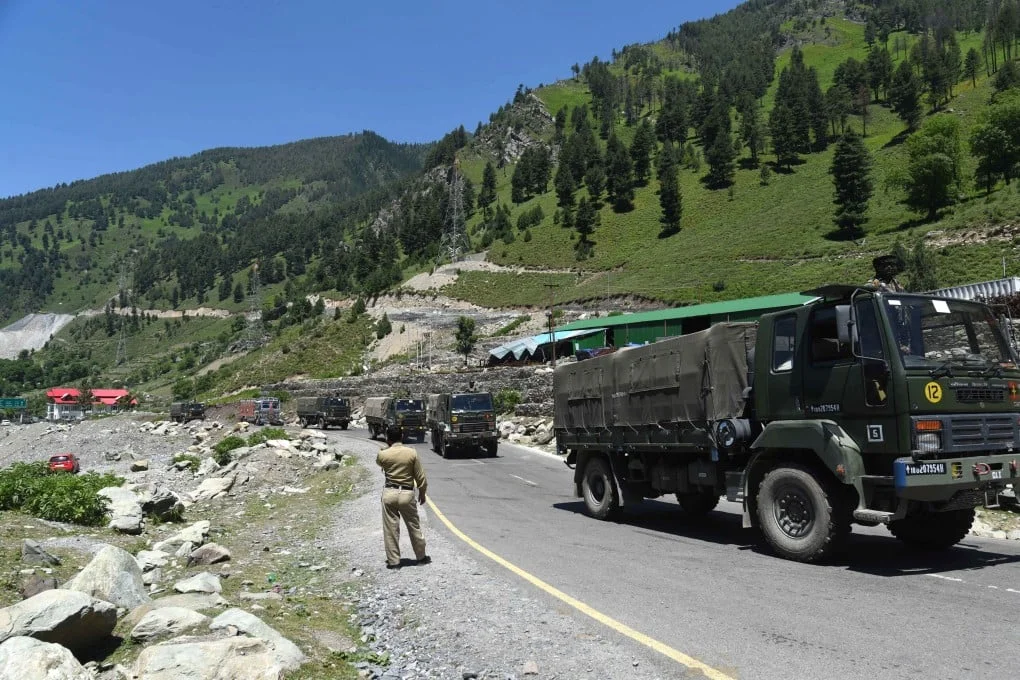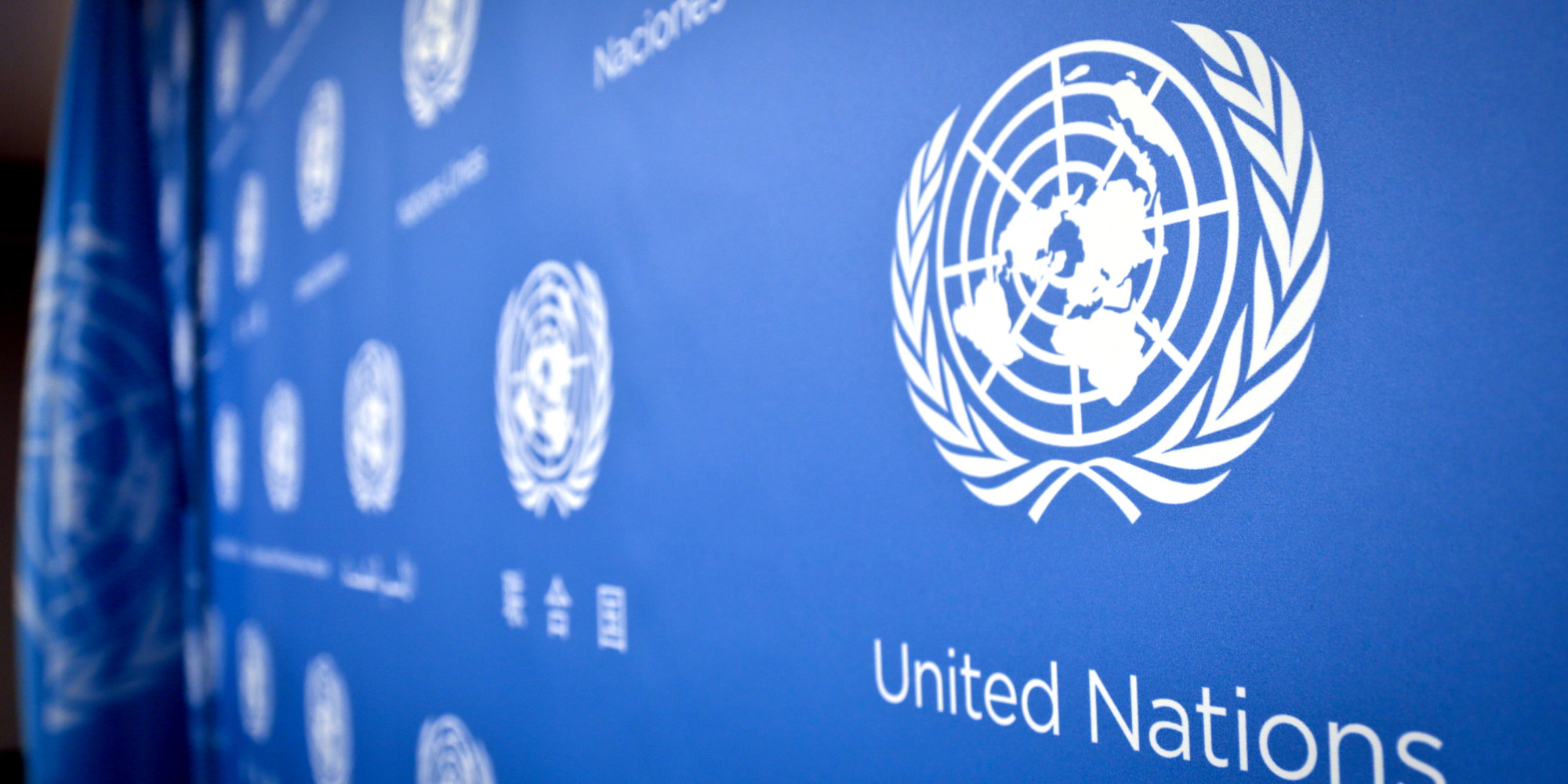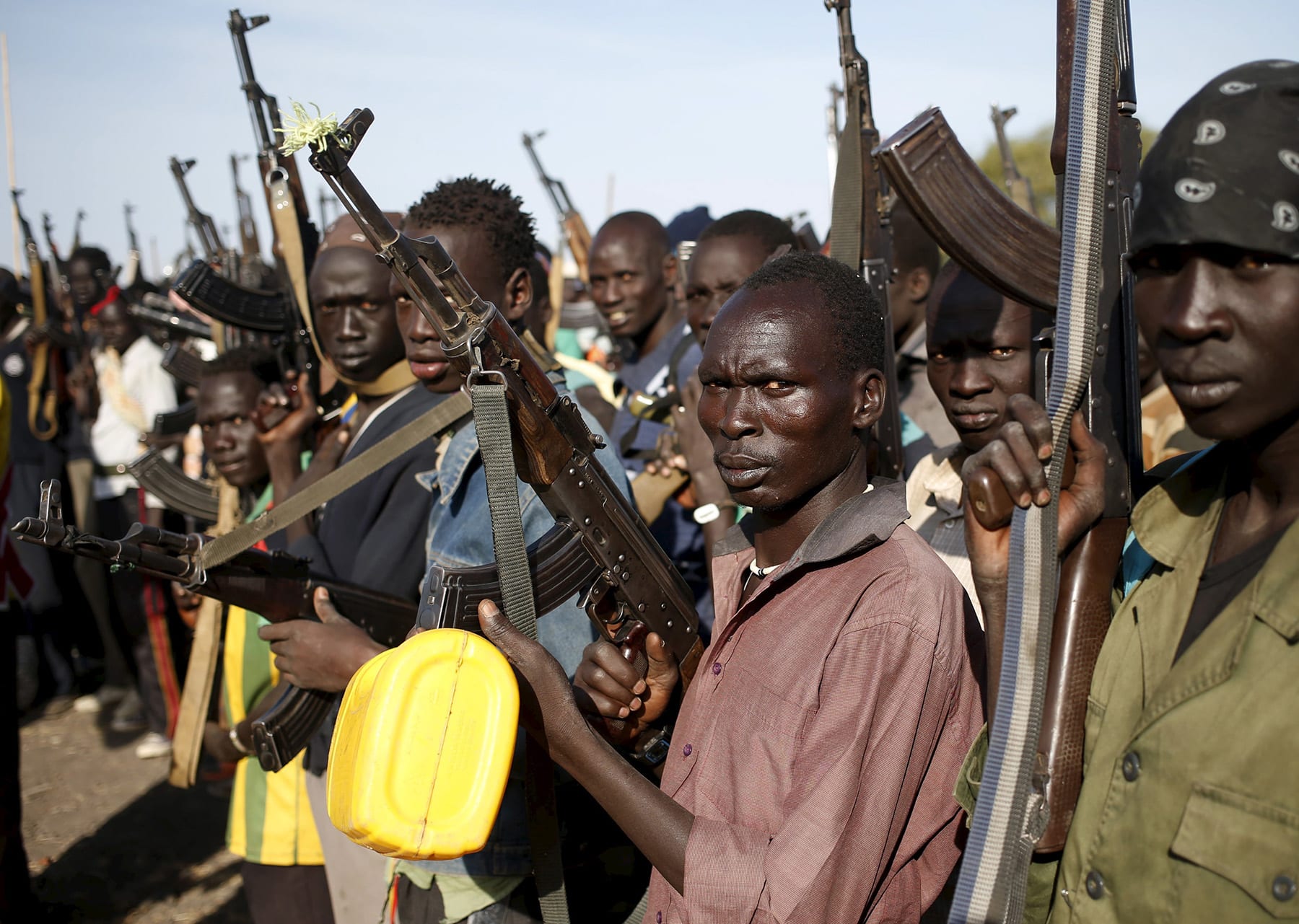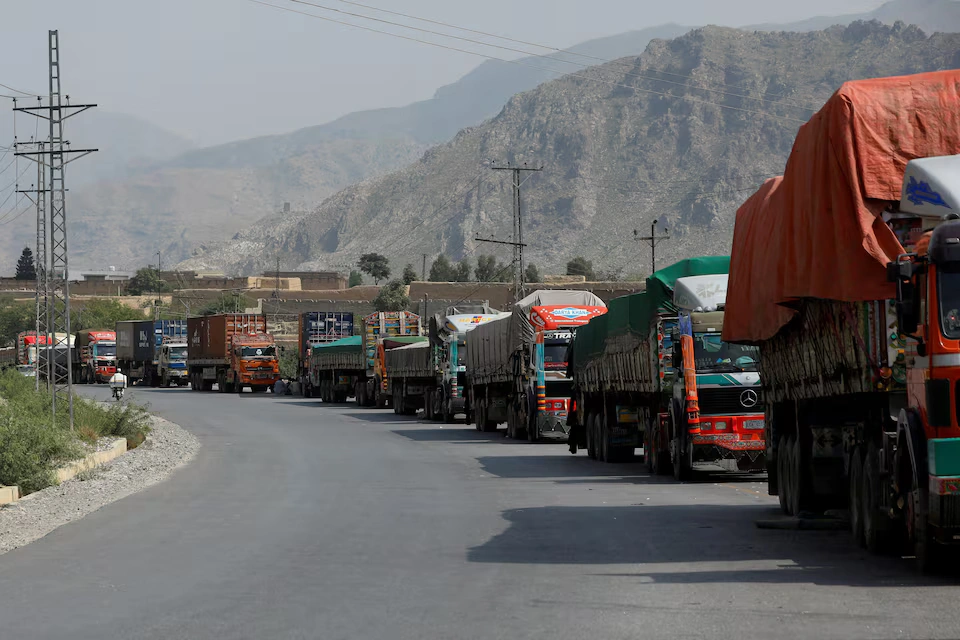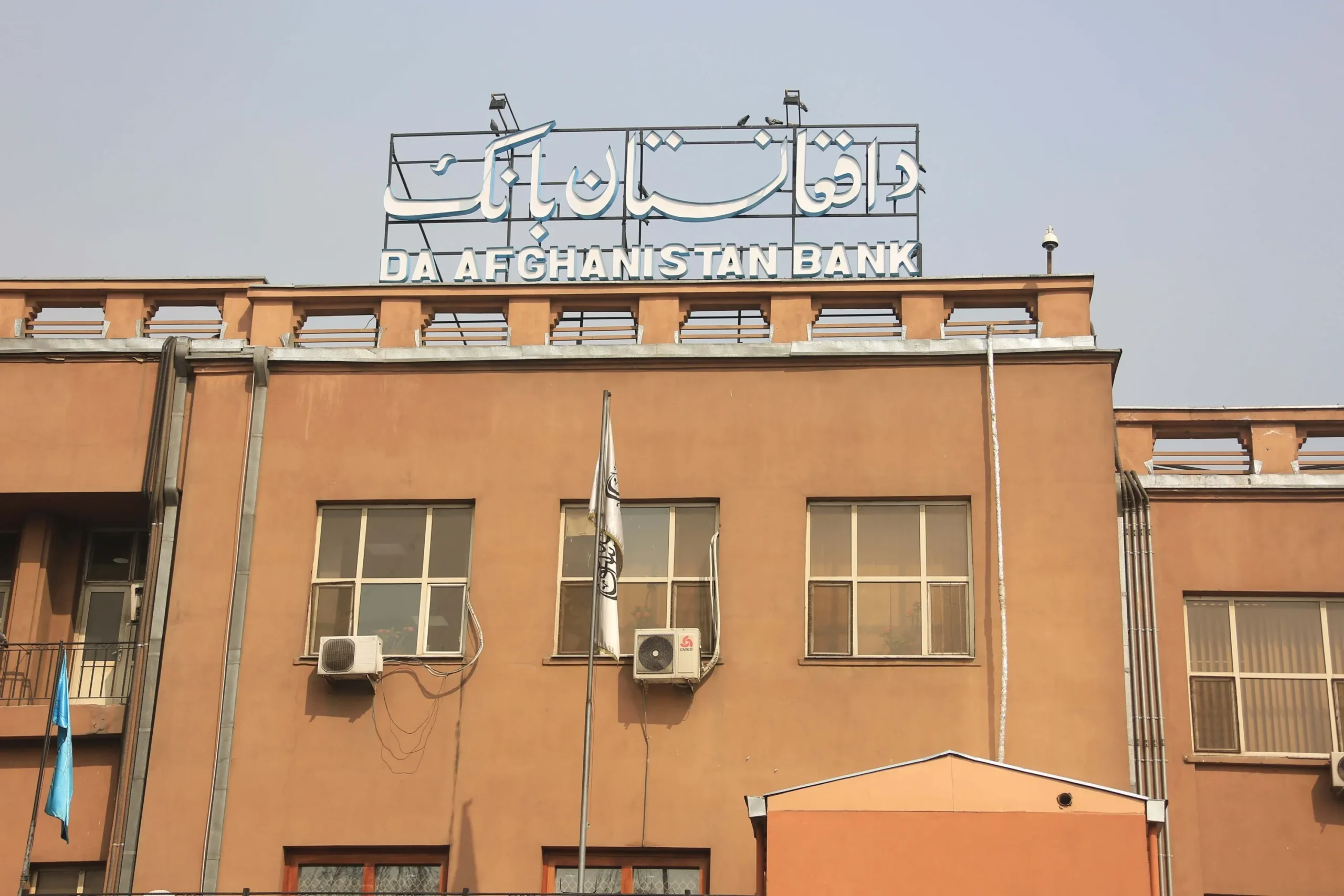New Delhi, India – In the past five years, China has constructed over 600 new border villages, expanded five military airbases near the Line of Actual Control (LAC), and increased defense spending to $224 billion in 2024—nearly four times India’s defense budget of $72.6 billion. At the same time, Beijing has incorporated Aksai Chin into two new administrative counties, reinforcing its territorial claims, while pushing forward with the Medog Dam, set to become the world’s largest hydroelectric facility just 35 km from the disputed border.
In contrast, India remains largely reactive, struggling to match China’s rapid militarization and infrastructural dominance along the border. Despite several rounds of diplomatic engagements—including the latest Special Representative-level talks—China’s aggressive territorial push continues unchecked, raising serious concerns over New Delhi’s ability to deter Beijing’s ambitions.
Also See: Modi’s Trump 2.0 Visit Amid Tariffs, Deportees and China Tensions
A Tactical Shift: From Diplomacy to Hard Power
Security analysts note that China’s actions are not isolated developments but part of a long-term strategy. A 2023 report by the Stockholm International Peace Research Institute (SIPRI) highlighted how China’s border militarization follows a systematic pattern of dual-use infrastructure, enabling rapid military deployment under the guise of civilian development. Retired Major General S.P. Sinha warns that China’s expansionist moves are calculated, not incidental—India’s failure to respond decisively will only embolden Beijing further.
At the same time, satellite imagery from Maxar Technologies has confirmed the construction of high-altitude roads, tunnels, and permanent military garrisons in disputed areas. In 2022, a leaked report from India’s security establishment admitted that China had encroached upon nearly 1,000 sq. km of Indian-claimed territory since the 2020 Galwan clashes. Yet, there has been little beyond reactive troop deployments and defensive infrastructure projects on India’s part.
India’s Dilemma: U.S. Pressure vs. China’s Assertiveness
The Modi government is facing an increasingly complex challenge—balancing China’s border threats while managing growing economic and military dependence on the United States. With Washington pressing for trade balance adjustments, potential tariffs on Indian exports, and increased procurement of U.S.-made weapons, New Delhi’s strategic autonomy is being tested.
Meanwhile, China’s economic leverage over India remains significant. Bilateral trade reached $136 billion in 2023, with India running a $101 billion trade deficit—a dependency that Beijing could weaponize at any time. In contrast, China’s economic decoupling from the West has allowed it to remain resilient despite global trade disruptions, further strengthening its ability to dictate terms in South Asia.
A Waning Regional Influence
Beyond its border vulnerabilities, India’s clout in South Asia appears to be diminishing. Former U.S. President Donald Trump recently dismissed India’s regional primacy, indicating that Washington does not see New Delhi as the key power in its backyard. At the same time, Beijing’s expanding economic and military ties with Nepal, Sri Lanka, and Bangladesh are steadily eroding India’s traditional sphere of influence.
As India grapples with these mounting challenges, its failure to counter China’s expansionist ambitions raises the question: Is New Delhi losing its place as a dominant power in the region, or will it find a way to recalibrate its strategy before it’s too late? This remains to be seen.

